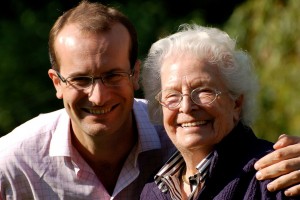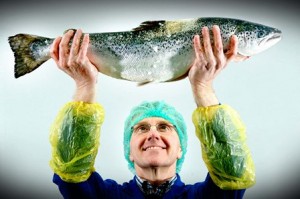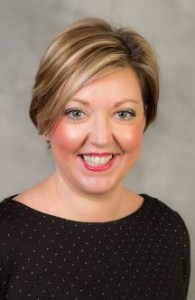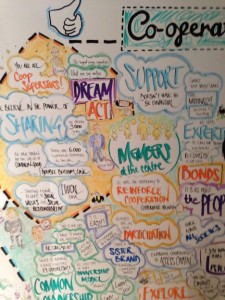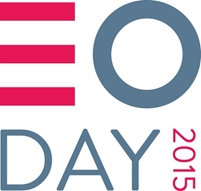One of the winners of the Collaboration Prize, ArchBlue Ltd aims to provide an integrated service that will support site managers with the stewardship of historic buildings, structures, landscapes and archaeological sites.
Founded by five organisations involved in providing complementary services to the heritage sector, the consortium provides a wide range of services including 3D measuring and modelling, archaeological recording and visualisation, conservation planning and 3D printing.
Combined, these services provide customers with a comprehensive approach to heritage site management as well as engaging methods of communicating a site’s story to the public.
Here, founding member John McCreadie explains how they developed their idea, what the next steps are for the consortium and how they will benefit from winning the Collaboration Prize.
In our industry, changes in technology have altered and very much widened our clients’ expectations. None of us, as individual companies, could fulfil these changed expectations without expanding our skill sets. It seemed an obvious solution to collaborate with companies who already had the necessary expertise.
The Collaboration Prize gave us the impetus to formalise what has been an informal, ad-hoc working relationship between a number of companies. These include my own 3D measuring and modelling business, Addyman Archaeology, Simpson and Brown consulting, Gilbert’s 3D printing services and freelance archaeological visualisation specialist, Dr Alice Watterson.
We knew we had a good story to tell. We were convinced that by working together we could better meet our clients’ needs and felt that a formal collaboration, with a clear identity and well defined service offering would be the best vehicle for moving forward.
Winning the Collaboration Prize will help us to establish a brand identity for ArchBlue Ltd and market its services to potential customers. We believe the collaborative approach will add strength to tender submissions and allow us to bid for projects we wouldn’t necessarily have the ability to pursue as individual businesses.
Our offering is also well suited to the overseas market where heritage assets such as churches, castles and archaeological site play a major role in driving tourism, as they do here in Scotland.
Our next steps will be to work with Co-operative Development Scotland to formalise our collaboration and to develop our brand identity and marketing platforms to highlight our strengths and unique integrated approach.
For more information about the Scottish Enterprise Collaboration Prize visit the website.
Click here if you would like to find out more about collaborative business models, or if you would like to get in touch.


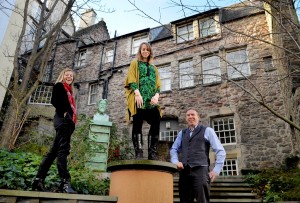

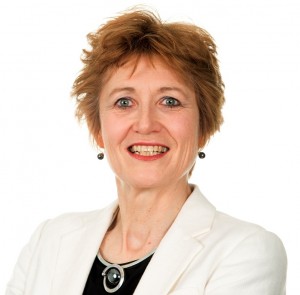 Earlier this month, the Scottish Government’s Economy, Energy and Tourism Committee hosted an evidence session on employee-owned businesses and co-operatives. I felt privileged to attend and provide evidence to the committee, alongside our Employee Ownership (EO) Ambassador Nick Kuenssberg and two of our Consortium Champions; Nathalie Agnew and Joanna Dewar-Gibb.
Earlier this month, the Scottish Government’s Economy, Energy and Tourism Committee hosted an evidence session on employee-owned businesses and co-operatives. I felt privileged to attend and provide evidence to the committee, alongside our Employee Ownership (EO) Ambassador Nick Kuenssberg and two of our Consortium Champions; Nathalie Agnew and Joanna Dewar-Gibb.

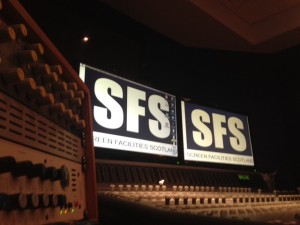
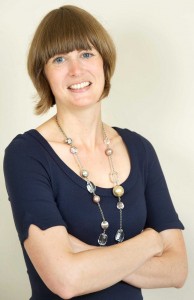


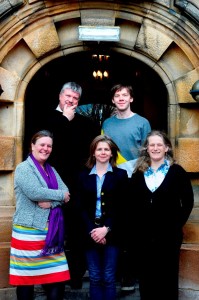
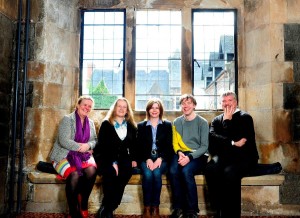

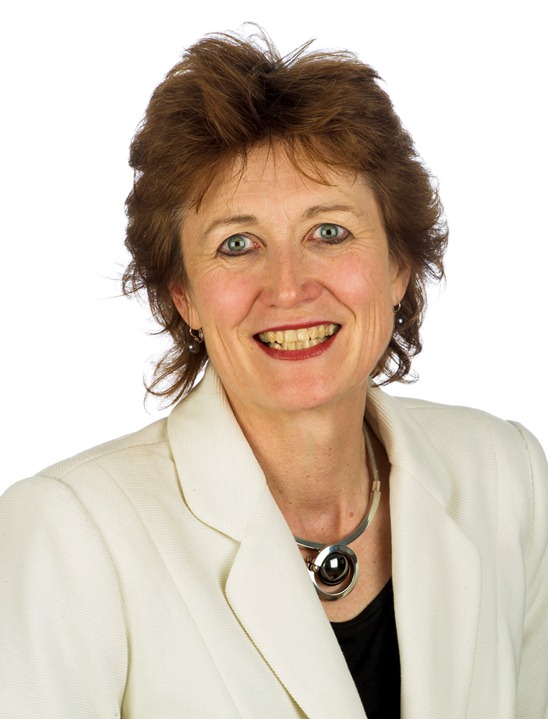 Next month, Scotland will play host to the inaugural Inspire EO Scotland conference, with influential business leaders and politicians coming together to discuss thebenefits of employee ownership.
Next month, Scotland will play host to the inaugural Inspire EO Scotland conference, with influential business leaders and politicians coming together to discuss thebenefits of employee ownership. 